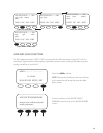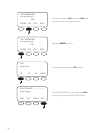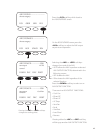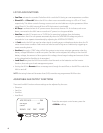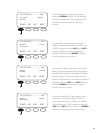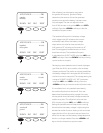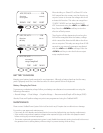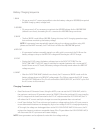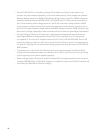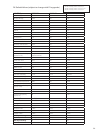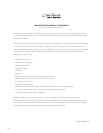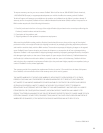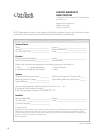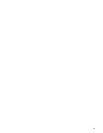49
• External DUMP LOAD is Limiting Battery Voltage: Wind turbines and micro-hydro systems can
produce very high voltages depending on wind and water velocity. These voltages can damage
batteries. Battery-determined DUMP LOADS bleed o this excess voltage. The DUMP voltage can
be below the target voltage (ABSORB, FLOAT, or EQUALIZE) the FX is trying to reach, preventing
the FX from reaching these voltage set points. The FX will continue to charge while the DUMP
load continues to absorb voltage. This wastes both generator and grid power. To prevent this, re-
duce the FX’s target voltage to slightly below the DUMP voltage or raise the DUMP voltage to just
above the FX’s target voltage (this value should be such that it does not overcharge the batteries).
• AC Input Voltage is Di erent on AC Input Legs: In split phase and three phase systems, there are
often slightly di erent voltages present on each leg. This is more likely to occur with genera-
tor-supplied AC. If one leg’s AC voltage is reduced to its FX’s AC LOW VOLTAGE LIMIT, that FX will
reduce its charging current so it will not disconnect from the AC input source. The remaining FXs
on other AC input legs will not reduce their charging rates unless they also reach a LOW VOLTAGE
LIMIT situation.
• Temperature Limit is Reached: If an FX becomes too hot to operate properly, it will back o the
charger until the temperature drops to a safer level. An FX that is very hot to the touch and charg-
ing less vigorously than usual is operating properly.
• Battery Voltage Target is Reached: A single FX will back o its charging operation when it reaches
its target ABSORB, FLOAT, or EQUALIZE voltage. In a multiple FX system, the SLAVE FXs will back o
rst, leaving the MASTER to nish the charging.



